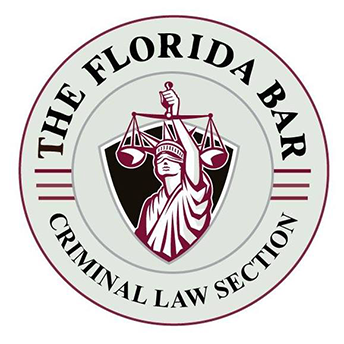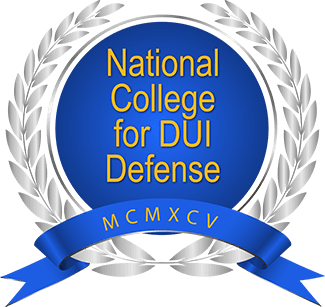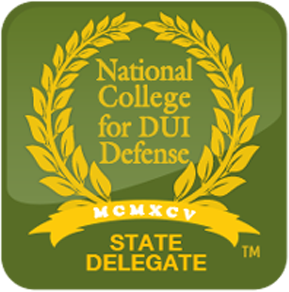Regulations for Commercial Motor Vehicles
In order to maintain federal grant money, the Florida Legislature strives to conform Florida law with federal commercial motor vehicle (CMV) safety regulations. In 2007, FMCSA delivered to Florida a Motor Carrier Safety Assistance Program (MSCAP) review, which concluded that Florida Statutes have multiple compatibility concerns with the 2007 Florida State MSCAP Review.
If your driver or your company is accused of safety violations involving a commercial motor vehicle driven in Florida, then contact an experienced attorney to help the CDL holder file a letter to protest the CMV penalty so that it can be removed from your record.
We represent clients for a variety of safety violations including measuring and weighing requirements, texting, speeding, or failing to yield to an emergency vehicle.
Call (813) 250-0500 today.
Florida’s Definition of a Commercial Motor Vehicle
Florida Statute Section 316.003(12) defines the “commercial motor vehicle” as any self-propelled or towed vehicle used on public highways “in commerce” to transport passengers or cargo, if:
- the vehicle has a gross vehicle weight rating of 10,000 pounds or more;
- the vehicle is designed to transport more than 15 passengers, including the driver; or
- the vehicle is used in the transportation of materials found to be hazardous for the purposes of the Hazardous Materials Transportation Act, 49 U.S.C. ss. 1801 et seq. as amended.
The statute specifically excludes from the definition of “commercial motor vehicle” a “vehicle that occasionally transports personal property to and from a closed-course motorsport facility, as defined in s. 549.09(1)(a), is not a commercial motor vehicle if it is not used for profit and corporate sponsorship is not involved.”
Likewise, recreational vehicles, even when their gross weight is more than 10,000 pounds, are classified under a separate category of vehicles defined at § 320.01(1)(b), Fla. Stat. For this reason, the driver of a recreational vehicle is not generally required to be a CDL holder in Florida.
Since the vehicle was designed for recreational purposes, it is not considered to be engaged in “interstate or intrastate commerce.” Therefore, the preliminary issue in these cases is whether the vehicle is properly classified as a commercial motor vehicle.
CMVs Engaged in INTERSTATE Commerce
Section 316.302(1)(a), F.S., provides that all owners and drivers of CMVs operating on the state’s public highways while engaged in interstate commerce are subject to the following parts of 49 C.F.R.:
- Part 382 – Controlled Substance and Alcohol Use Testing
- Part 385 – Safety Fitness Procedures Part 390 – Federal Motor Carrier Safety Regulations; General
- Part 391 – Qualifications of Drivers and Longer Combination Vehicle Driver Instructors
- Part 392 – Driving of Commercial Motor Vehicles Part 393 – Parts and Accessories Necessary for Safe Operation
- Part 395 – Hours of Service for Drivers
- Part 396 – Inspection, Repair, and Maintenance
- Part 397 – Transportation of Hazardous Materials; Driving and Parking Rules
CMVs Engaged in INTRASTATE Commerce
CMVs Engaged in Intrastate Commerce Section 320.302(1)(b), F.S., provides that, with certain exceptions, all owners or drivers of CMVs engaged in intrastate commerce are subject to the following parts of 49 C.F.R. except as it relates to the definition of bus, as those rules and regulations existed on December 31, 2012:
- Part 382 – Controlled Substance and Alcohol Use Testing
- Part 383 – Commercial Driver’s License Standards; Requirements and Testing
- Part 385 – Safety Fitness Procedures
- Part 390 – Federal Motor Carrier Safety Regulations; General
- Part 391 – Qualifications of Drivers and Longer Combination Vehicle Driver Instructors
- Part 392 – Driving of Commercial Motor Vehicles
- Part 393 – Parts and Accessories Necessary for Safe Operation
- Part 395 – Hours of Service for Drivers
- Part 396 – Inspection, Repair, and Maintenance
- Part 397 – Transportation of Hazardous Materials; Driving and Parking Rules
This article was last updated on Wednesday, June 21, 2017.














